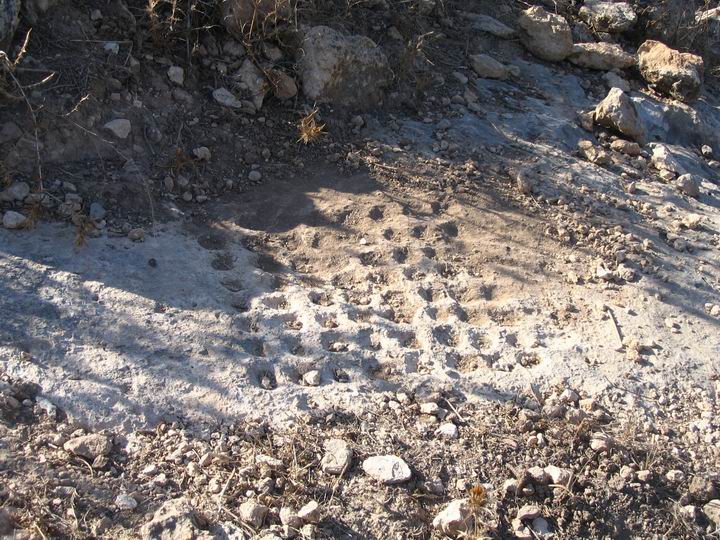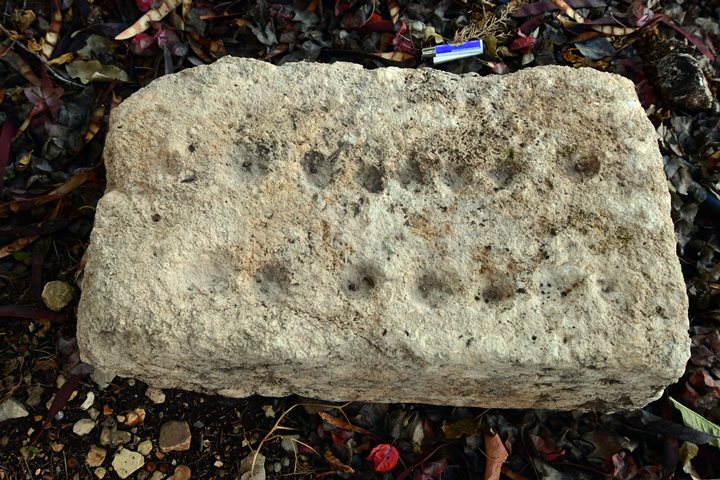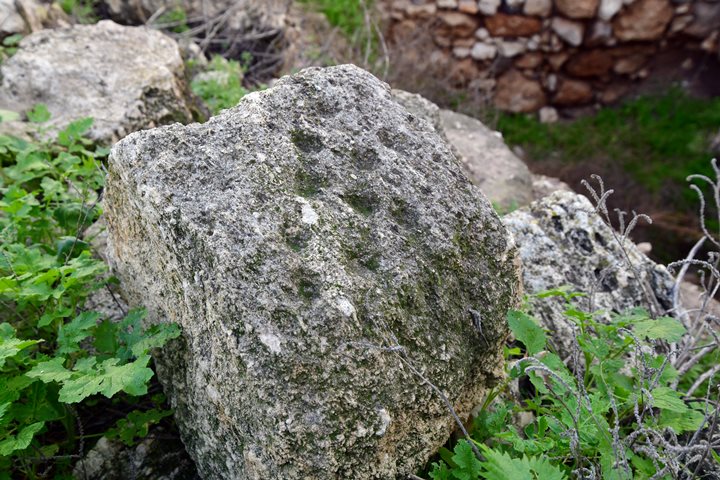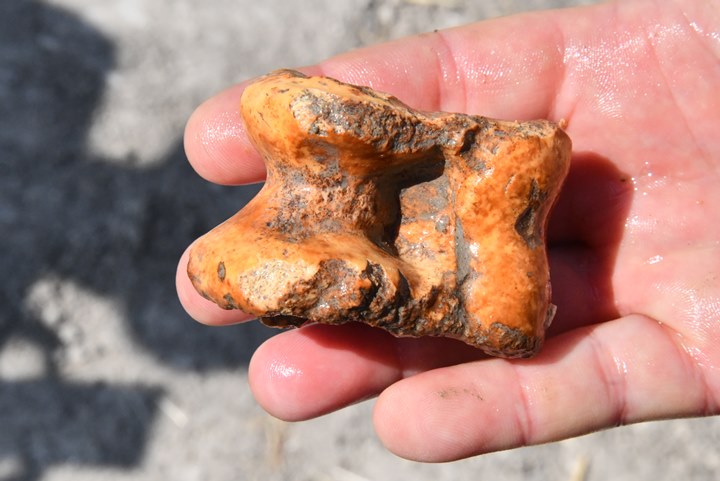This page provides an overview and examples of ancient games in the Holy Land.
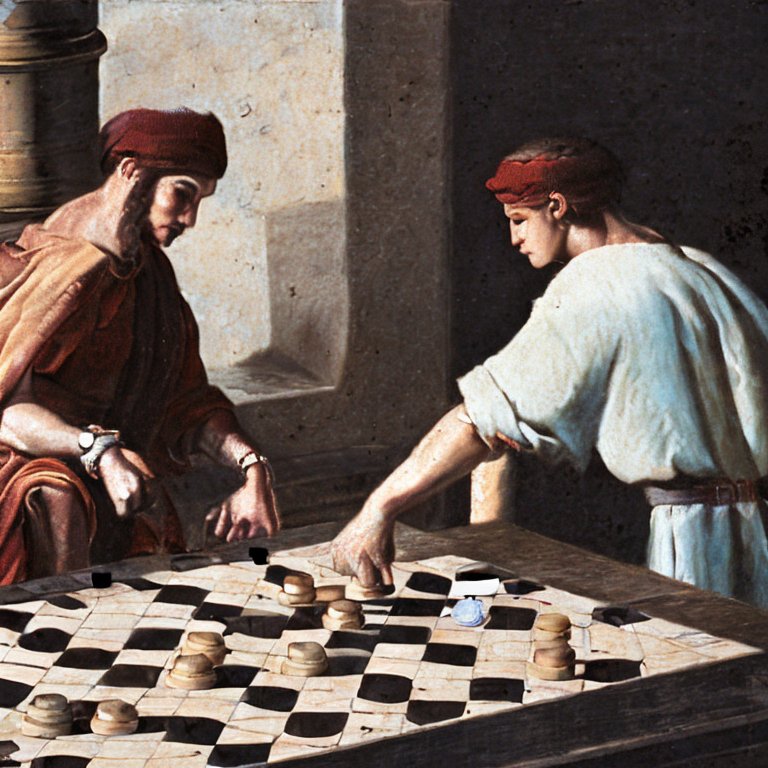
Home > Info > Sports and Travel > Ancient Games
Overview:
Contents:
Overview
Games:
* Nine-Men Morris
* Checkers
* Mancala
* Knuckle Bones
Other Sites
Links
Overview
-
Role of games in antiquity
In antiquity, games were used in various ways, such as for entertainment, socializing, education, and even religious or spiritual purposes. Games were an important part of life in ancient civilizations, including the Greeks, Romans, Egyptians, and Chinese, among others.
Some examples of games played in antiquity include:
- Board games: Games like chess, checkers, and backgammon have been played for centuries and have roots in ancient civilizations. The Egyptian game of Senet, for example, dates back to around 3100 BC and was played on a board with squares and symbols representing different aspects of life.
- Sports: Athletic competitions were common in ancient Greece and Rome, with events like the Olympics and gladiator games drawing large crowds. Sports like wrestling, running, and boxing were also popular.
- Dice games: Games of chance using dice have been played for thousands of years. The ancient Greeks and Romans played games like Knucklebones, which involved tossing sheep bones and trying to land them in certain positions.
- Card games: While card games as we know them today didn’t exist in antiquity, there were games played with other types of cards or tiles. The Chinese game of Mahjong, for example, dates back to the 19th century but has roots in older tile-based games.
Overall, games were an important part of culture and society in antiquity and played a variety of roles. They provided entertainment, helped people socialize and connect, taught important skills, and were sometimes used in religious or spiritual contexts.
-
Board games – Classification
Ancient board games can be classified into several categories based on their mechanics, objectives, and other features. Here are a few common categories:
- Race games: These games involve moving pieces around a board or track, with the objective of being the first to reach a certain point or complete a certain task. Examples include Senet and Mehen.
- Territory games: These games involve controlling and capturing territory on a board. Examples include Go and Mancala.
- War games: These games involve two players engaging in battle or conflict, often with the objective of capturing the opponent’s pieces or territory. Example: Ludus Latrunculorum (Latrones, two-player strategy board game played throughout the Roman Empire).
- Strategy games: These games involve planning and making strategic moves to outmaneuver your opponent. Examples include Seega and Petteia.
- Chance games: These games involve elements of luck or chance, such as rolling dice or tossing knucklebones. Examples include many of the games played with knucklebones, as well as some ancient versions of backgammon.
-
Board games – Examples
There were several games that were played during ancient times in Israel and the Levant. Here are a few examples:
- Mehen: Mehen was a board game that was played in ancient Egypt and in other parts of the Near East, including Israel and the Levant. The game was named in reference to Mehen, a snake deity in the ancient Egyptian religion. The game involved a circular board with a coiled serpent in the middle. Players would move their pieces around the serpent, and the first player to reach the head of the serpent would win.
- Senet: Senet was another board game that was popular in ancient Egypt (starting 3rd century BC) and was also played in other parts of the Near East, including Israel and the Levant. It was a game that involved a board with 30 squares and was similar to modern-day backgammon. Senet boards, formed by drilled into chalk stones, were found in Tel Arad, Lachish and Hazor. The game fell out of use following the Roman period.
- Knucklebones: Knucklebones, also known as astragalus, was a game that involved the ankle bones of sheep or goats. Players would toss the bones and try to land them in a certain position or sequence. (example)
- Mancala: Mancala is a family of board games that originated in Africa and were played in ancient Israel and the Levant. It involves moving small stones or seeds around a board with cups or pits, with the objective of capturing your opponent’s pieces. It was popular in Israel starting from the Byzantine period. According to the IAA report, Mancala game boards have been found at different sites, including: Achziv, Tiberias, Beit She’an, Zippori, Ramat Hanadiv and Nahal Taninim.
- Seega: Seega was a two-player strategy game that was played in ancient Egypt and also in Israel and the Levant. It involved a board with a 5×5 grid and involved moving pieces diagonally to capture your opponent’s pieces.
These are just a few examples of the games that were played during ancient times in Israel and the Levant.

Playing a board game – AI generated by Stable Diffusion
Games found in reviewed sites:
The following are examples of ancient games that we encountered during our visits to sites in Israel.
(a) Nine-Men Morris:
This game, also called Merels or Cowboy checkers, was played by two players with twelve stones each. This type of game started to be played in the Late Bronze age, with its popularity peaking in the Medieval periods. It is normally printed on the back of a chess game board. The game was popular in the Crusaders period. Such boards were found in Crusaders fortresses Atlit and in Belvoir.
A “Nine-Men Morris” strategy game board was carved on one of the stones in the Crusaders fortress of Belvoir. Here is a photo of this board:
(b) Checkers
The photo below shows an ancient game that was carved into the rock. It consists of 8 x 8 round holes, similar to Chinese checkers. The players used stones in different colors to play in this game.
This rock is located at the eastern side of Damun, north of the cemetery. On the same rock there are 2 such games.
(c) Mancala game
Mancala is a generic name for a family of board games that are characterized by the distribution and movement of small objects, such as seeds, beans, or stones, among pits arranged on the playing surface. The objective of Mancala games is typically to capture or accumulate more pieces than the opponent. Each player controls one of the rows of pits, and their side of the board is facing them.
An engraved stone, which was a base for a Mancala game, played with five holes one two sides. The stone is located near the ruins of the large mosque, located on the south-west side of Damun. According to Mohammad Boshkar, who lived here as a child, the game was played before and after the prayers.
Another Mancala game, with 2 lines of 5 holes, was found on a stone slab inside Kibbutz Hefzibah. It originated from the ruined Roman/Byzantine settlement.
Yet another Mancala game was found on a rock at the side of the ruined Crusaders Church on Tel Yizreel.
Another similar engraved rock was found near it.
(d) Knuckle Bones
Knick-knack, also known as knucklebones or as astragalus, is an ancient dice game that was played with animal bones. The game involves throwing four small bones (typically from the ankle of a sheep or goat) and trying to score points based on how they land. The bones have different sides, each with a different value.
The basic rules of knick-knack involve throwing the bones in the air and trying to catch them on the back of your hand. Depending on how the bones land, you can score different points. For example, if all four bones land on their flat side, it is called a ‘fourer’ and is worth the most points. If one bone lands on its flat side and the others on their curved sides, it is called a ‘pounder’ and is worth fewer points.
Knick-knack has been played for thousands of years and was popular in many different cultures, including ancient Greece, Rome, and Egypt. It was also played by Native American tribes and is still played in some parts of the world today.
These game bones are found in many ancient sites in Israel. This one was from the Jordan Valley near Tirat Zvi, from a small mound named Tel Malqet (Tell Muleiqat). It is a multi-period archaeological site, with a majority of Middle Bronze period II findings.
(e) Other examples
More game examples will be added…
Other known engraved board games on stone are known to be in the following sites:
- Condemnation Church, Jerusalem – Roman carvings on the pavement
- Ecco Homo, Jerusalem – Roman carvings on the pavement
- Horvat Gahosh, NW of Shefaram in Galilee – Roman/Byzantine carvings on a stone
Links:
- Ancient dice – The largest collection of ancient dice found in Israel – near the Western Wall
-
Rare Ancient Bone Game cache found in Maresha
- Board games found in Gath
- Game room found in Gedera
- Games in the Bible – article by Bible History (International Standard Bible Encyclopedia)
![]()
BibleWalks.com – walk with us through the sites of the Holy Land
Extreme sports<<<—Previous info—<<< All Info >>>—Next Info—>>> Maps
This page was last updated on Apr 22, 2024 (new text, link)
Sponsored links:
